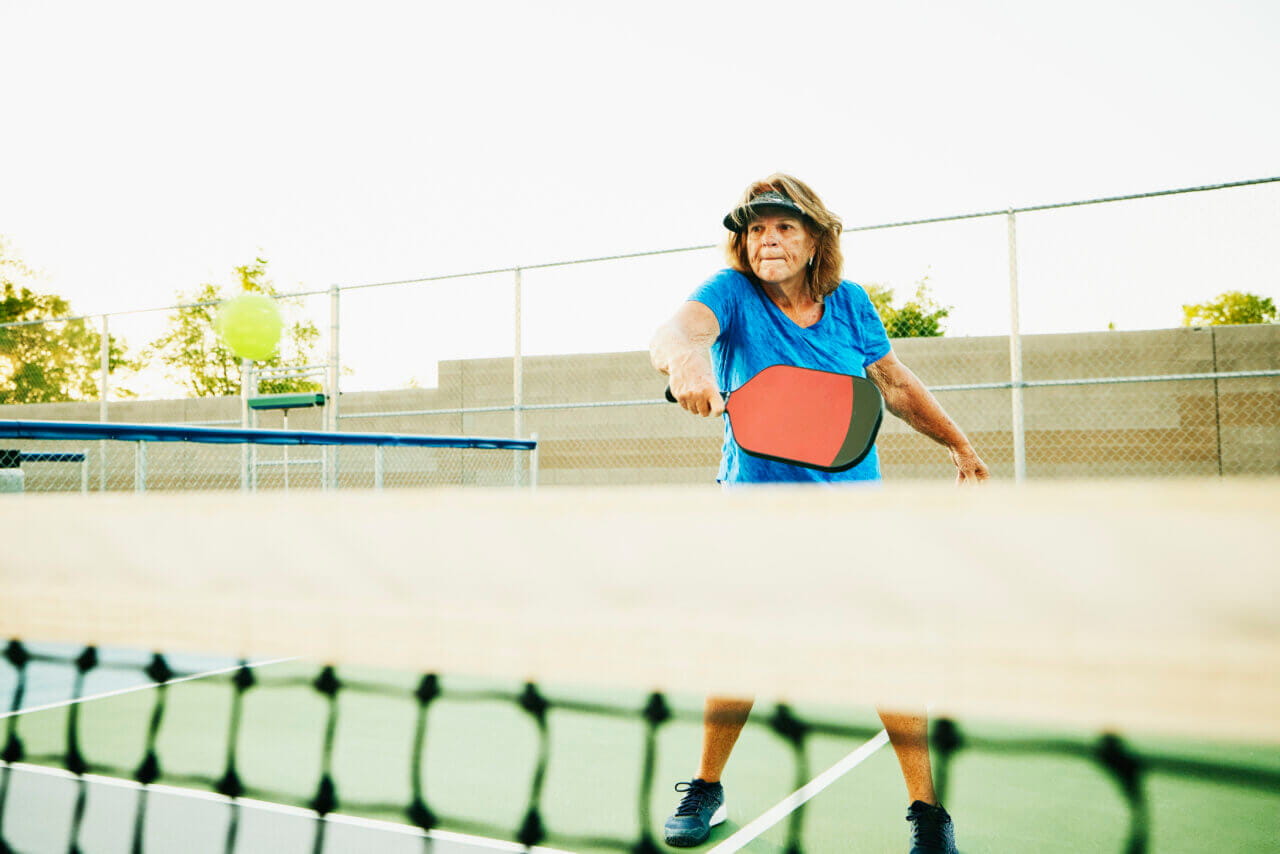How To Modify Pickleball for Players With Mobility Issues
.jpg?rev=6abc42bdaea24ee08bed67f303725d08)
Pickleball is known for its friendly, inviting culture. One example is that pickleball leagues, groups and players strive to make the sport as inclusive as possible, including modifying play to accommodate those with mobility issues. Whether a player has physical or cognitive disabilities, age-related decline or other challenges, there are ways to make the game accessible and fun for everyone.
This article explains adaptations that enable people with mobility issues to play and enjoy pickleball.
Understanding the Challenges
Several types of mobility challenges can affect pickleball play. Players using wheelchairs may have limitations in their ability to cover the court and make quick directional changes. People with neurological conditions might have balance and coordination issues. Seniors may have reduced reaction times and slower movements. People with certain disabilities might lack the strength to make shots from certain positions or areas of the court.
Players can overcome all of these challenges with changes to rules, equipment, etc., but it’s crucial to identify and acknowledge them so they can be addressed effectively.
Adaptive Pickleball: Making the Sport Accessible to Players of All Abilities
Court and equipment modification
- Reducing the court size can make it easier for players to reach all areas.
- Lowering the net height can help players with limited reach or upper body strength make shots.
- Lighter paddles and adaptive handles can improve control for people with arm or grip strength challenges.
- Playing on smooth, even surfaces is helpful for people using wheelchairs.
Changes to rules and gameplay
- Allowing two bounces before a return is a common rule change that can give players more time to get into position for a shot.
- Changing serving rules, like where players serve from and where serves must land, can make it easier for players who struggle with traditional serving.
- Dividing the court into zones and assigning players to them can reduce the amount of area they must cover.
- Shortening games and including more rest breaks can help players whose movement challenges cause fatigue.
- Encouraging open, honest communication about the rules frees players to discuss their mobility challenges and request changes if needed to address them.
Beyond Mobility: Adaptations for Players With Cognitive or Sensory Challenges
- Bright and contrasting colors of paddles, balls and court lines can help people with visual impairments.
- Visual cues from teammates or bystanders can help people with auditory impairments.
- Using simplified terms to explain rules can help players with cognitive disabilities understand them.
- Playing in an environment or at a time when there are limited distractions can help players with sensory sensitivities.
Enabling Pickleball for All!
From the start, pickleball has been a sport whose welcoming nature has been as much a part of its appeal as the exciting action. Adapting play to align with the abilities of players with mobility issues and other challenges is second nature for people who love the game.
If you’re considering trying pickleball, don’t let your physical limitations get in your way! There are many adaptations that can make the game accessible to you and undoubtedly picklers in your area who will gladly lend a hand with court modification, rules revisions or brainstorming other creative solutions.
As with any exercise program, talking with your healthcare provider before taking up pickleball is a good idea. They can confirm you’re healthy enough to play.
You can use our online directory to find a Baptist Health provider if you don’t have one.
Next Steps and Helpful Resources
Learn More About Orthopedic Care at Baptist Health
Warm-Up and Cool-Down Routines for Pickleball Players
Common Pickleball Injuries and Prevention Strategies
Benefits of Pickleball for Cardiovascular Health


